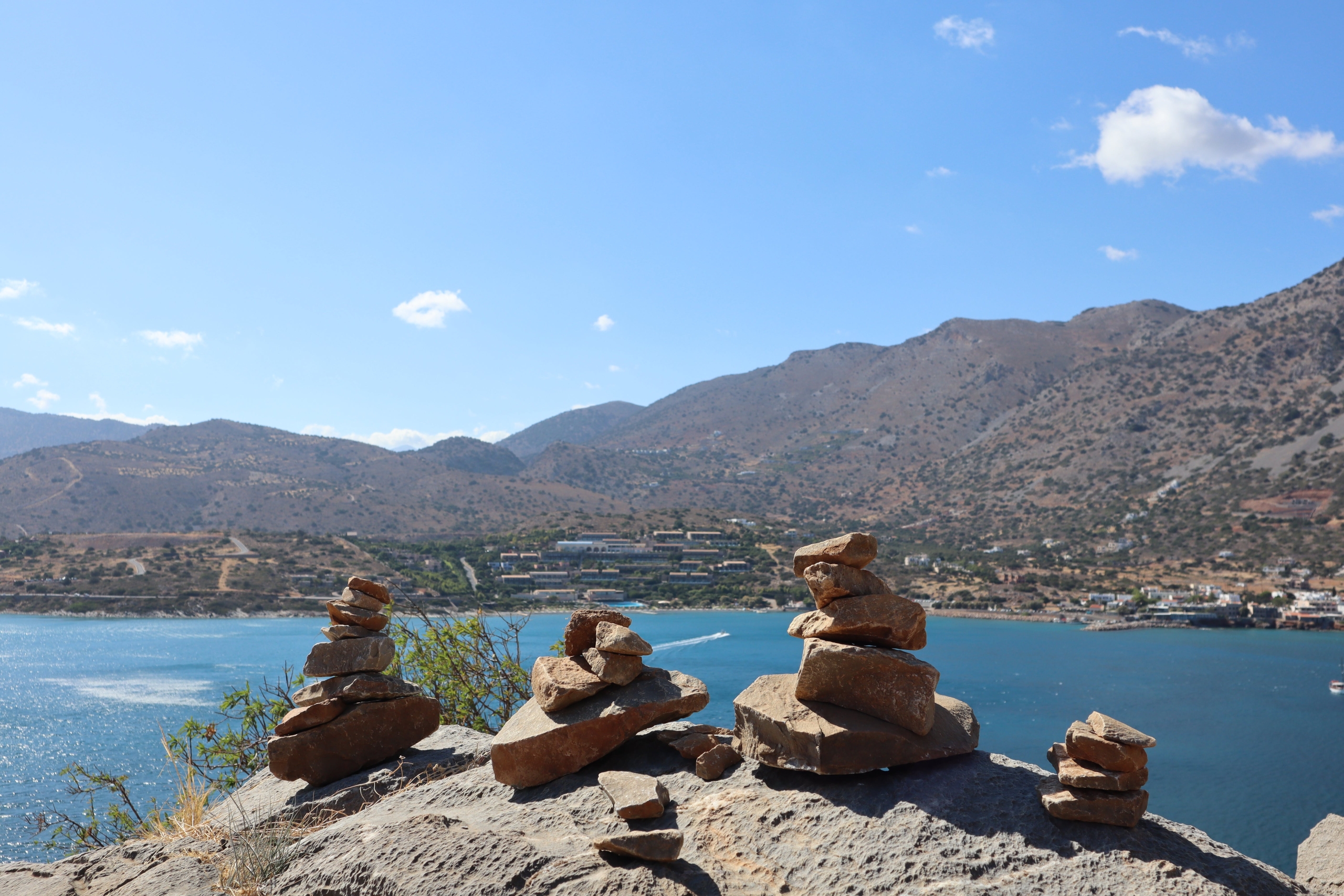Acquiring a second language is essential nowadays. In addition to the school curriculum, teachers also play a crucial role in facilitating the children learn a second language. A variety of teaching and learning approaches have been implemented some of which are learning grammar rules, vocabulary, memorizing phrases and dialogues, engagement in tasks and games while speaking in the new language. However, in order to communicate adequately with their students, it is not enough for teachers to focus only on language textbooks but also to take into account the particular individual characteristics of their students, the development and evolution of prior knowledge and the ability of students to use in different communication contexts, sufficiently. The teacher is therefore the one who will guide the children to adequately integrate the syntactic and factual structures of the second language since he will define the environments and the conditions in which the child will move.
The aim of investigating second language learning in childhood is to provide professionals the opportunity to understand how children acquire a second language, investigate some of the theories of child language learning and teaching methods and apply them based on the learning environment and the needs and abilities of children. By the end of the course, participants will be able to:
Identify the stages which second language acquisition pass,
Understand the scientific models’ proposals for L2 acquisition,
Use the CLIL methodology in class,
Use the Flipped Classroom, Blended Learning, Co-op Learning models in class,
Make their own CLIL lesson plans and use them,
Learn how they can use technology for illustrating the above tools,
Make their classes more inclusive.
TARGET GROUP: kindergarten teacher and teachers of the very first year of primary school

